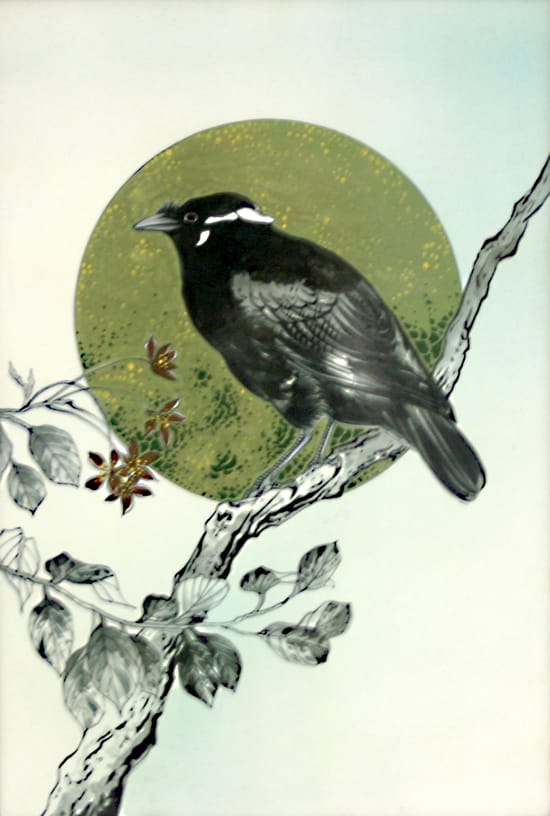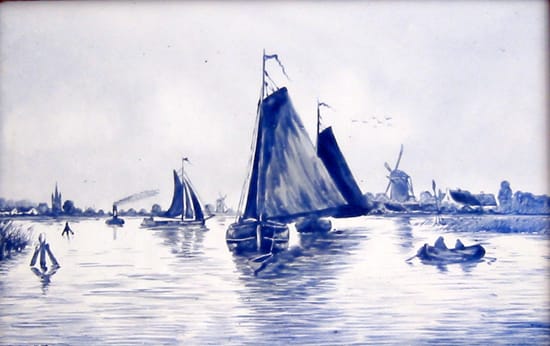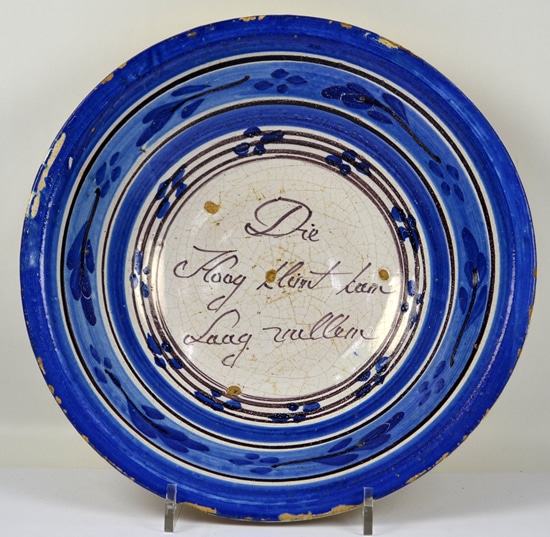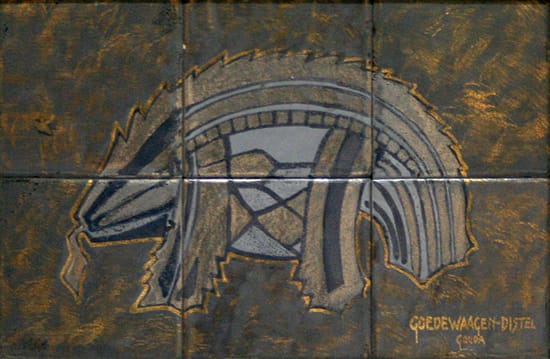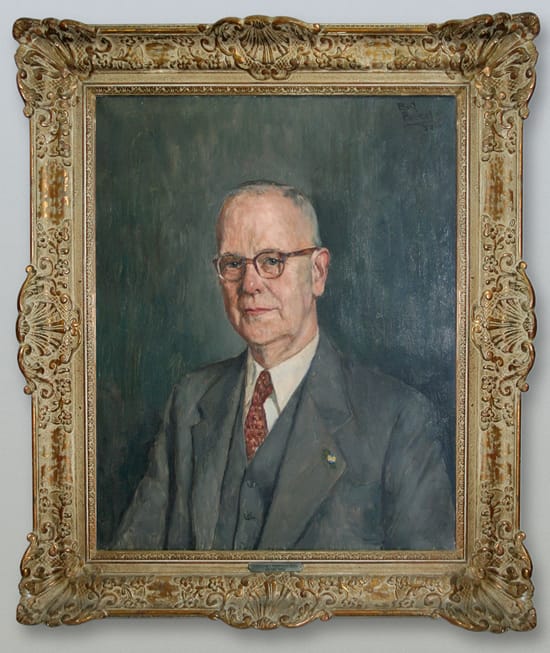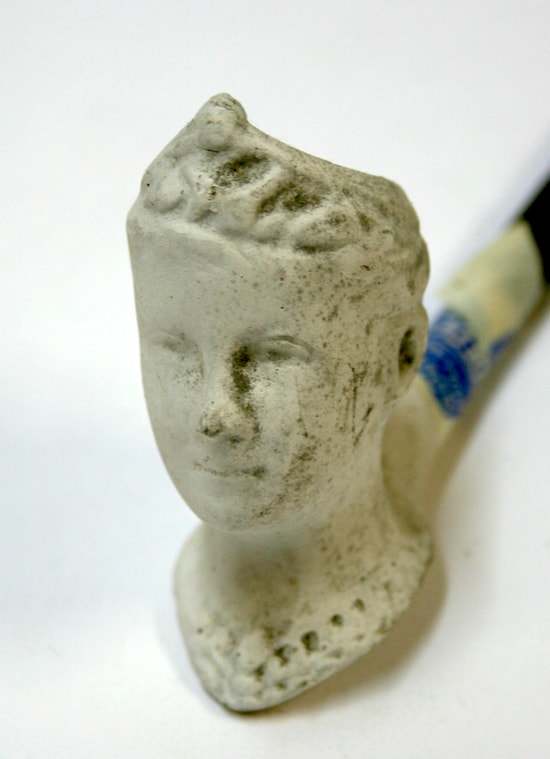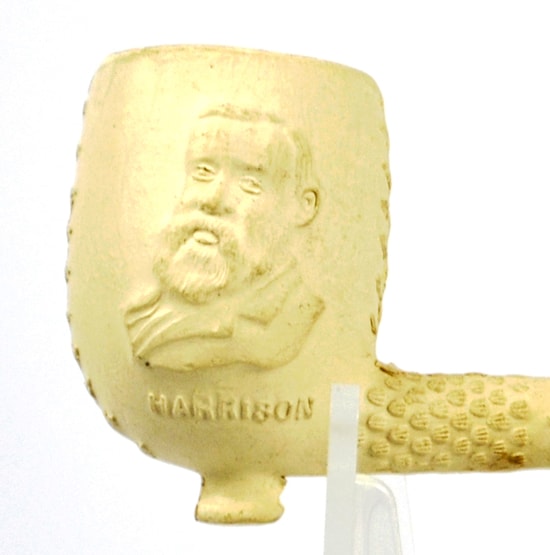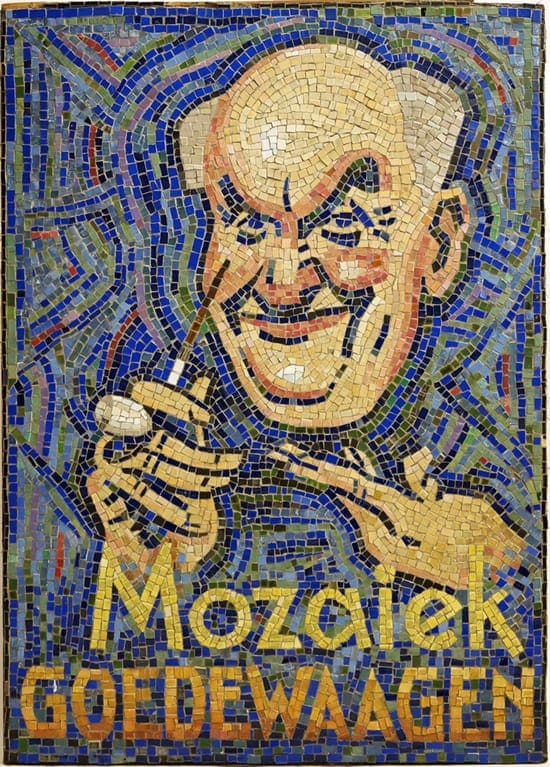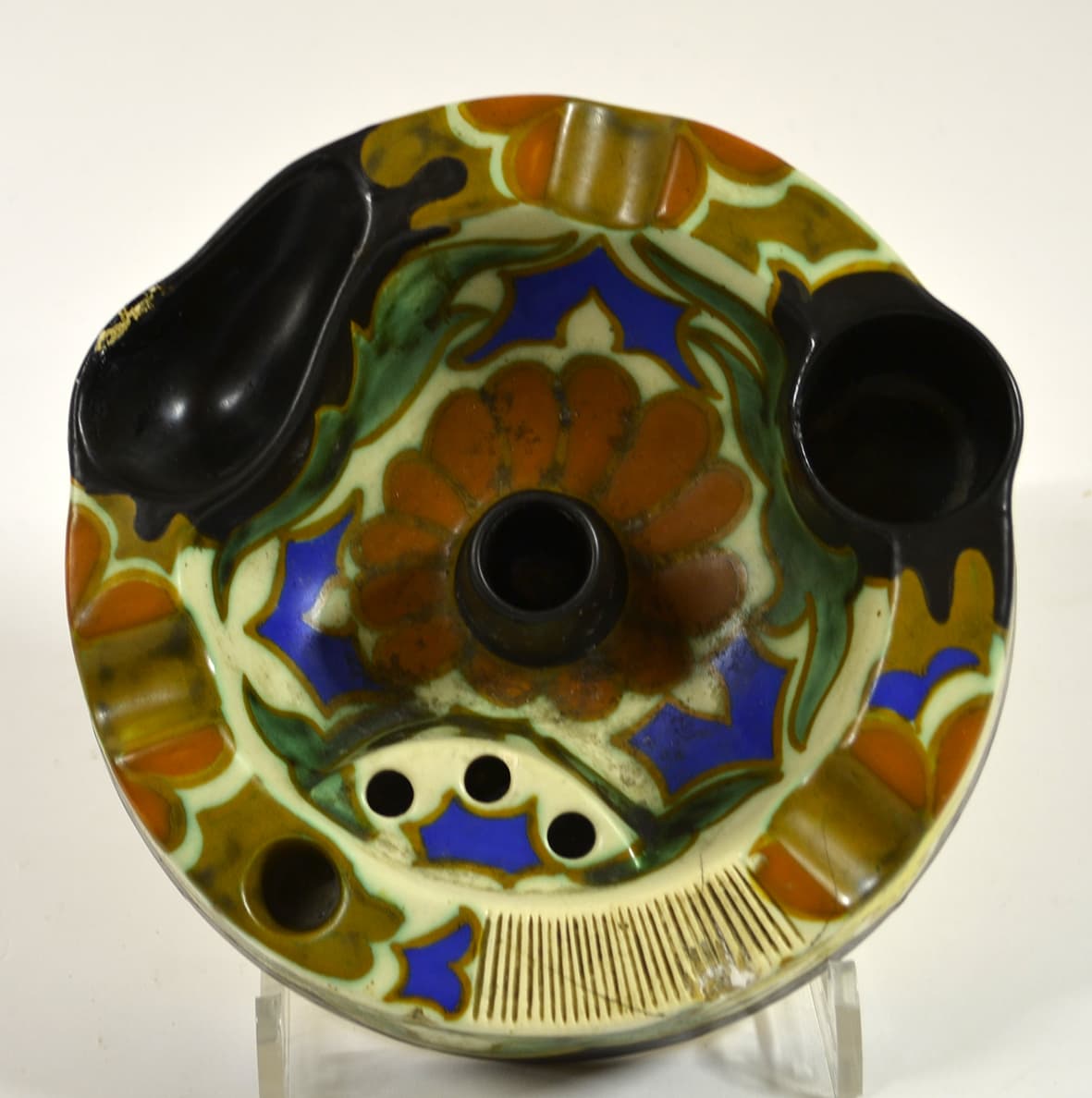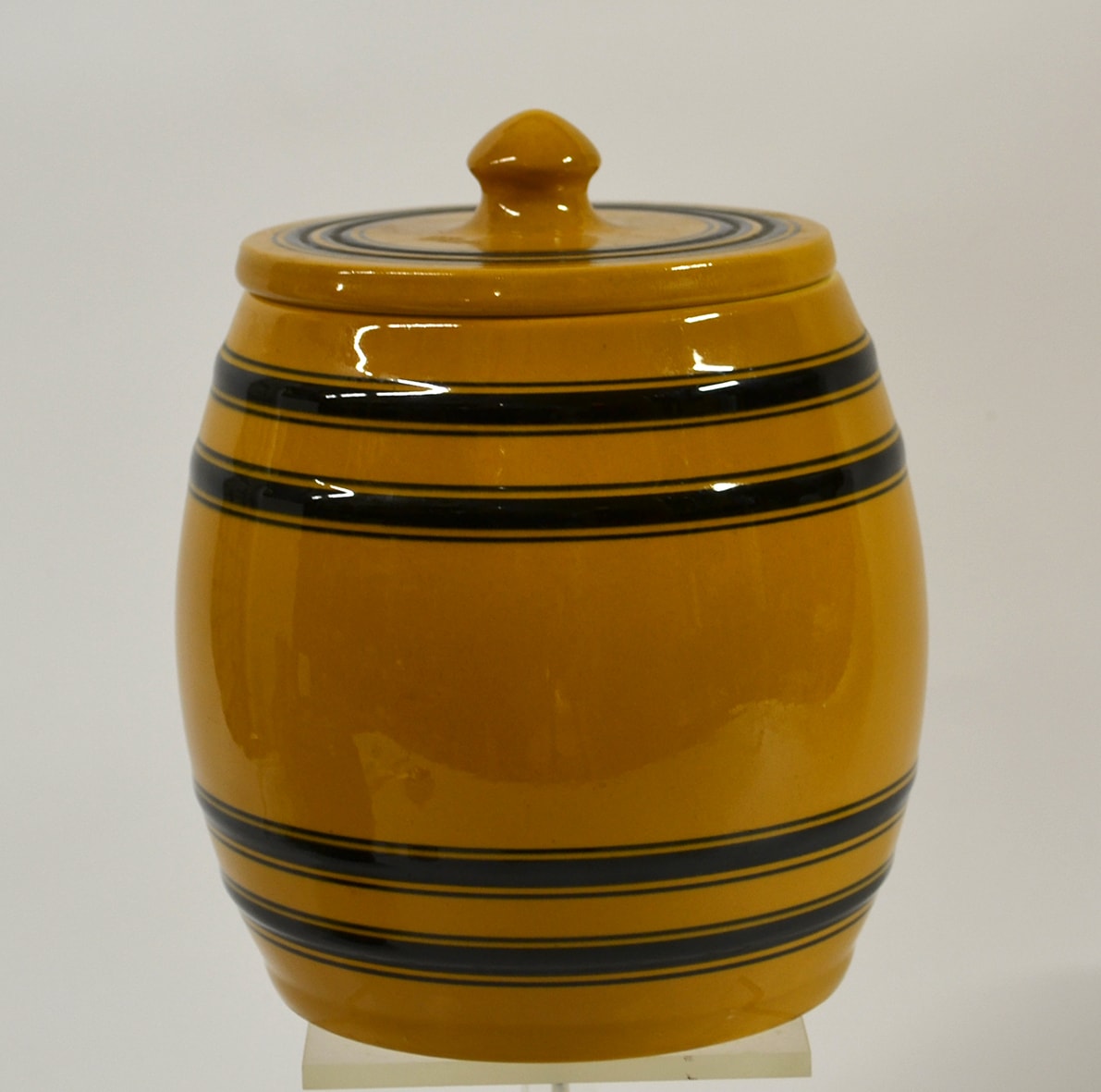WebAssen
In 1901, a team of porcelain painters trained in Germany founded a factory in Kampen, which, with its tile pictures and tableaux, fully responded to the then great demand for Delft representations, i.e. river and mill views in sepia and Delft Blue. The factory would only exist for two years. The Ceramics Museum Goedewaagen offers a collection of 12 objects, unique in the Netherlands, on loan from the collection of Bert-Jan Baas.
The objective of the foundation Keramisch Museum Goedewaagen, established in November 1989, was the study and presentation of Dutch ceramics from the Industrial Revolution onwards, i.e. from 1880. This objective did not do justice to the fact that the artists and manufacturers of the period around 1900, like their kindred spirits in England, consciously harked back to the crafts of the late Middle Ages and early Modern Times in reaction to the blunting of mass production in the industrial age. And to do justice to this Arts and Crafts movement phenomenon, the museum has also expanded its collection with early Frisian pottery thanks to a valuable loan.
After three years of negotiations, Goedewaagen's Koninklijke Hollandse Pijpen- en Aardewerkfabrieken bought the Amsterdam Plateel- en Tegelbakkerij De Distel in 1923. As far as we know, the artist, ceramist and designer Willem Hendrik van Norden (Amsterdam 1883 - Laren 1978) was the only employee of De Distel, who moved to Gouda.
Around 1900, Goedewaagen's pipe factory experienced an enormous growth, resulting in 1907 in the construction of a for that time very modern factory complex right outside the former city walls at the Jaagpad. In the Ceramic Museum Goedewaagen an educational presentation of a unique chapter in Gouda's history can be found.
From 1953 to 2006 Jan Alblas worked as a plate painter at the Royal Goedewaagen ceramics factory. As a young employee he also painted Goedewaagen's pipes. The fascination for the pipes never left him. He started collecting them, also after his retirement. In 2014 the Dutch Federation of Pipe Smokers bought the almost 300 pieces in his collection. The NFP donated these pipes to the Ceramic Museum Goedewaagen.
In the last quarter of the 19th century, they became a rage: figural pipes of heads of state, statesmen. Handsome portraits, but sometimes also executed as pure caricature. The Goedewaagen's bought many designs, especially in France and exported them worldwide. Recently, the museum received an interesting new loan from Geert Ramaker.
Piet van der Hem, a native of Friesland, was well known as a cartoonist and portrait painter trained at the Rijksacademie. He was also the one who, for the pipe smoking campaigns of Royal Goedewaagen, provided a number of very successful designs of a very satisfied pipe smoker. One of these designs was immortalized by Willem van Norden in a tile tableau and later also in a high quality mosaic.
Piet van der Hem, a native of Friesland, was well known as a cartoonist and portrait painter trained at the Rijksacademie. He was also the one who, for the pipe smoking campaigns of Royal Goedewaagen, provided a number of very successful designs of a very satisfied pipe smoker. One of these designs was immortalized by Willem van Norden in a tile tableau and later also in a high quality mosaic.
Piet van der Hem, a native of Friesland, was well known as a cartoonist and portrait painter trained at the Rijksacademie. He was also the one who, for the pipe smoking campaigns of Royal Goedewaagen, provided a number of very successful designs of a very satisfied pipe smoker. One of these designs was immortalized by Willem van Norden in a tile tableau and later also in a high quality mosaic.

